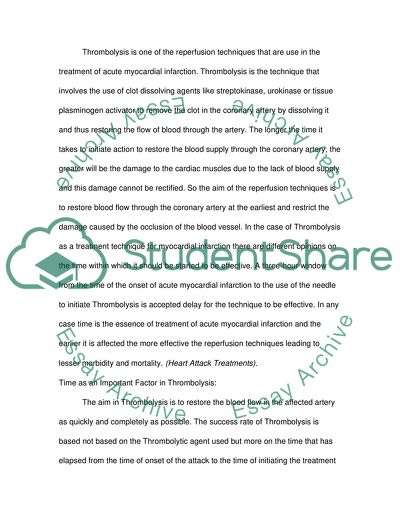Cite this document
(Factors That Delay Thrombolysis Being Given in Acute Myocardial Coursework, n.d.)
Factors That Delay Thrombolysis Being Given in Acute Myocardial Coursework. Retrieved from https://studentshare.org/health-sciences-medicine/1703010-critically-analyse-the-factors-that-delay-thrombolysis-being-given-in-acute-myocardial-infarction
Factors That Delay Thrombolysis Being Given in Acute Myocardial Coursework. Retrieved from https://studentshare.org/health-sciences-medicine/1703010-critically-analyse-the-factors-that-delay-thrombolysis-being-given-in-acute-myocardial-infarction
(Factors That Delay Thrombolysis Being Given in Acute Myocardial Coursework)
Factors That Delay Thrombolysis Being Given in Acute Myocardial Coursework. https://studentshare.org/health-sciences-medicine/1703010-critically-analyse-the-factors-that-delay-thrombolysis-being-given-in-acute-myocardial-infarction.
Factors That Delay Thrombolysis Being Given in Acute Myocardial Coursework. https://studentshare.org/health-sciences-medicine/1703010-critically-analyse-the-factors-that-delay-thrombolysis-being-given-in-acute-myocardial-infarction.
“Factors That Delay Thrombolysis Being Given in Acute Myocardial Coursework”. https://studentshare.org/health-sciences-medicine/1703010-critically-analyse-the-factors-that-delay-thrombolysis-being-given-in-acute-myocardial-infarction.


